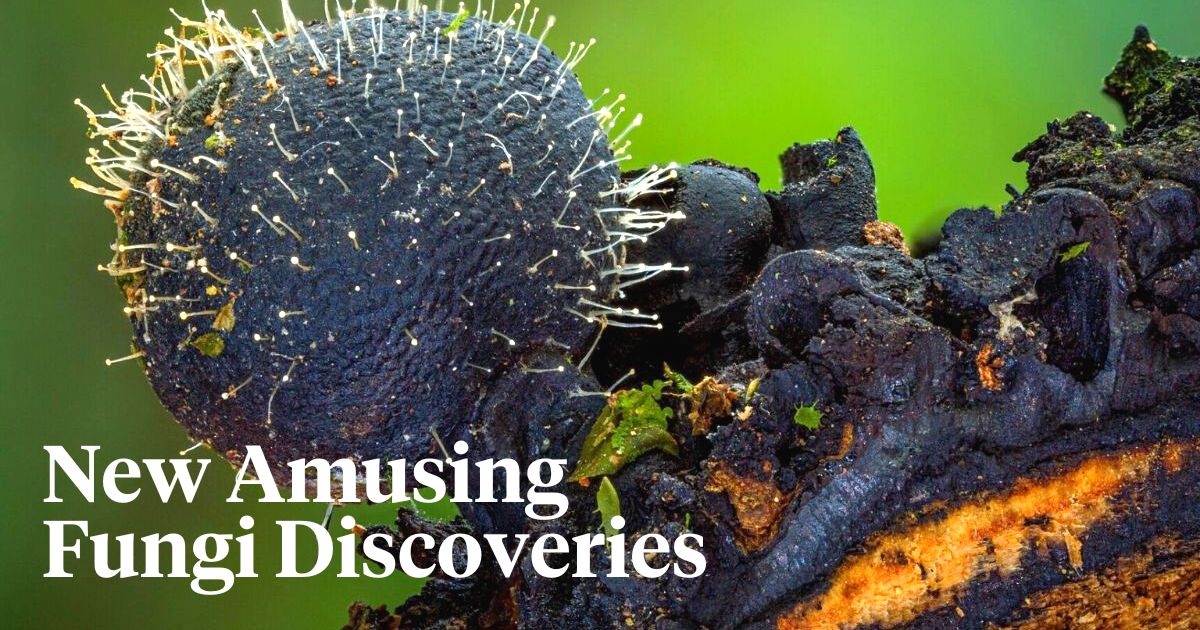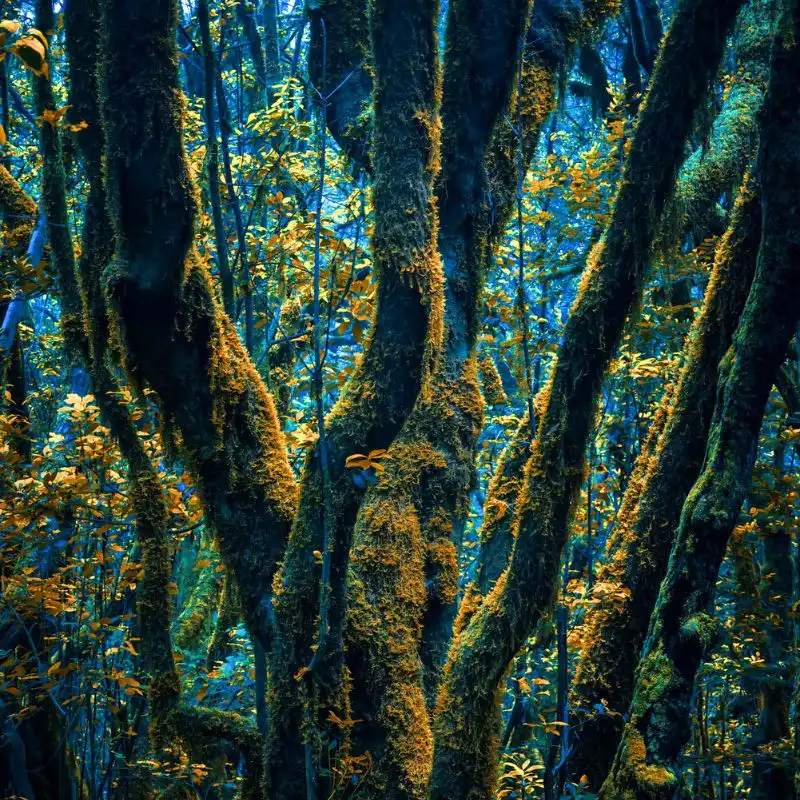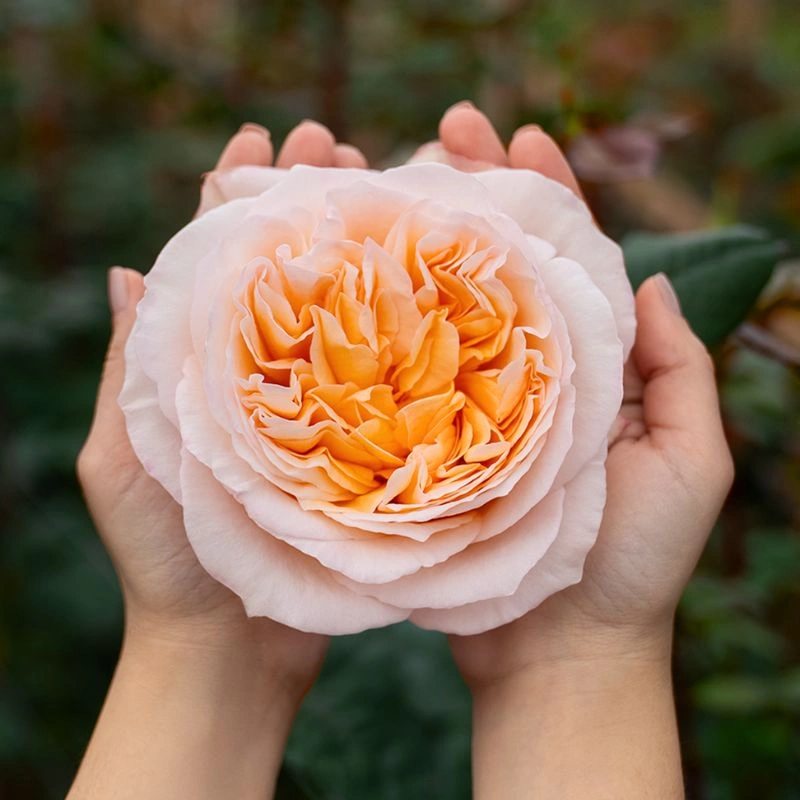Danny Newman's amazing images capture the vivid hues, delicate gills, and slender stems of a diverse spectrum of mushrooms in the high-cloud forest of Ecuadorian areas. South America has delightful places in which scientists love to indulge given the extensive amount of flora and fauna that can be found. Here's the full story on how Ecuador's forest is home to new and hundreds of fungi species.
Fungi Are a Vital Part of the Ecuadorian Habitat
According to scientists, less than 4% of the world's fungi have been recorded, amounting to only 150,000 species described out of an estimated 2.2-3.8 million worldwide. Danny Newman and Roo Vandegrift, mycologists, have spent the last twelve years focused on areas touched by the climate crisis and rising human meddling, such as Ecuador's 'Reserva Los Cedros'.
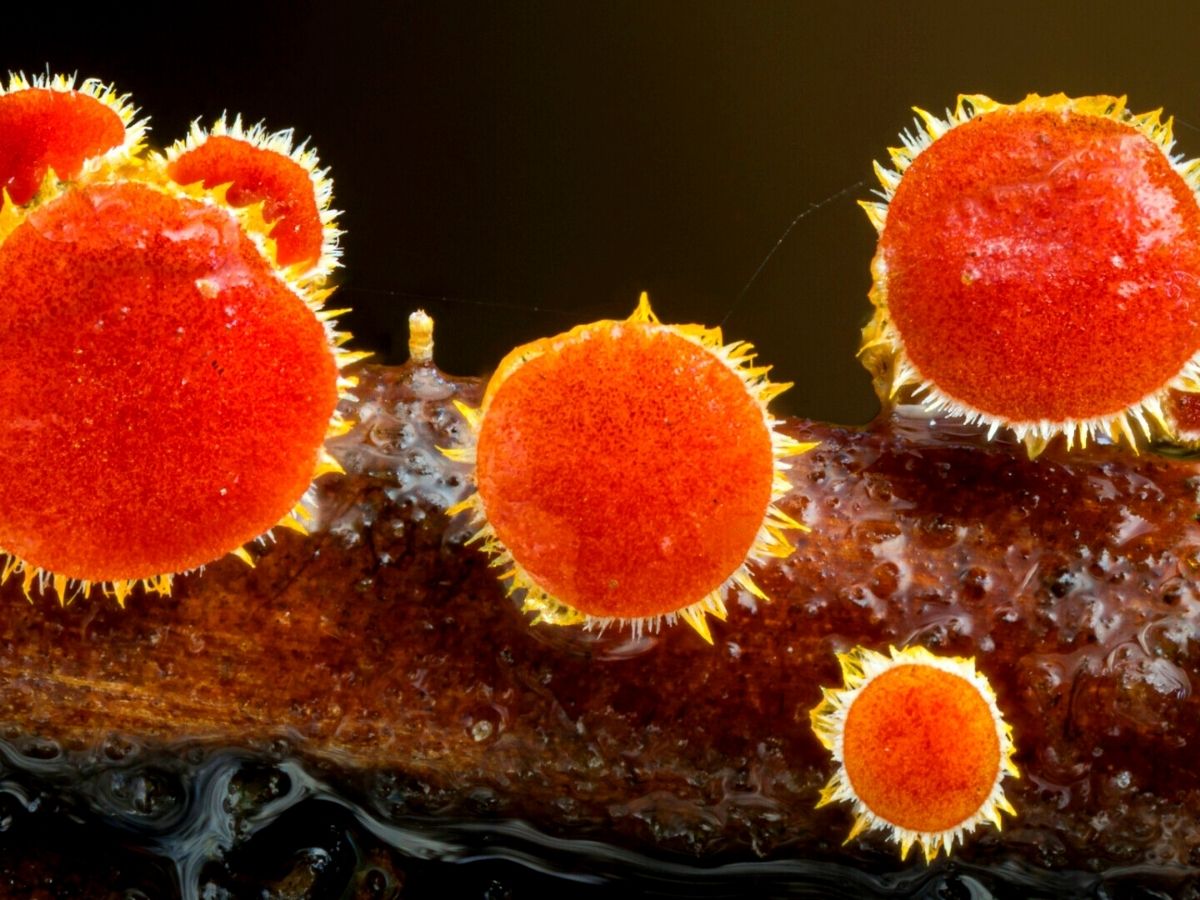
Fungi are an essential part of the natural world, serving as decomposers, symbiotic partners with plants, and even pathogens. However, due to their often inconspicuous nature and the difficulty in identifying and studying them, a significant number of fungal species have yet to be discovered and described.
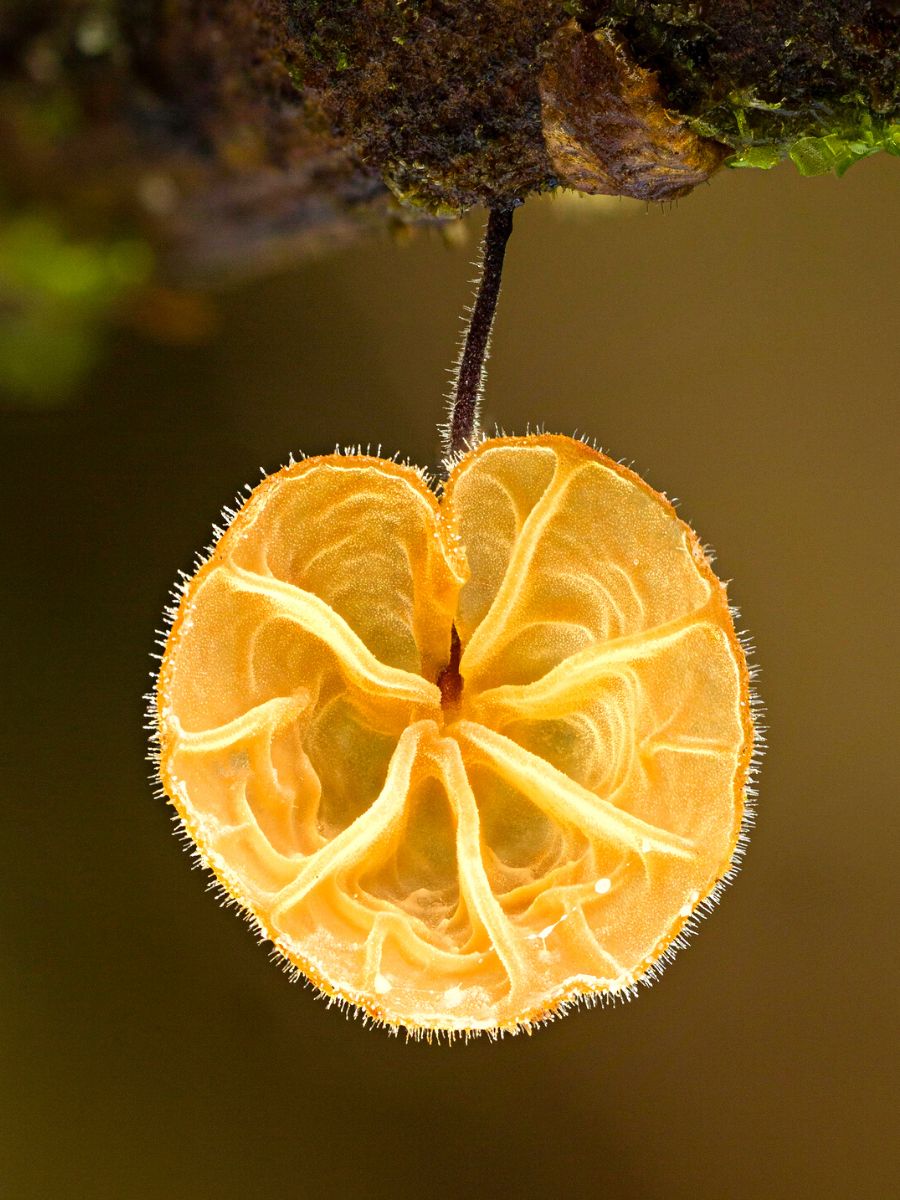
The Fungi Discovery Led by Danny Newman and Roo Vandergrift
Cloud forests are unique ecosystems found in mountainous regions with persistent cloud cover. They harbor a rich array of flora and fauna, including many undiscovered fungal species. However, like many ecosystems around the world, cloud forests are facing threats from climate change and human activities, such as deforestation and habitat destruction.
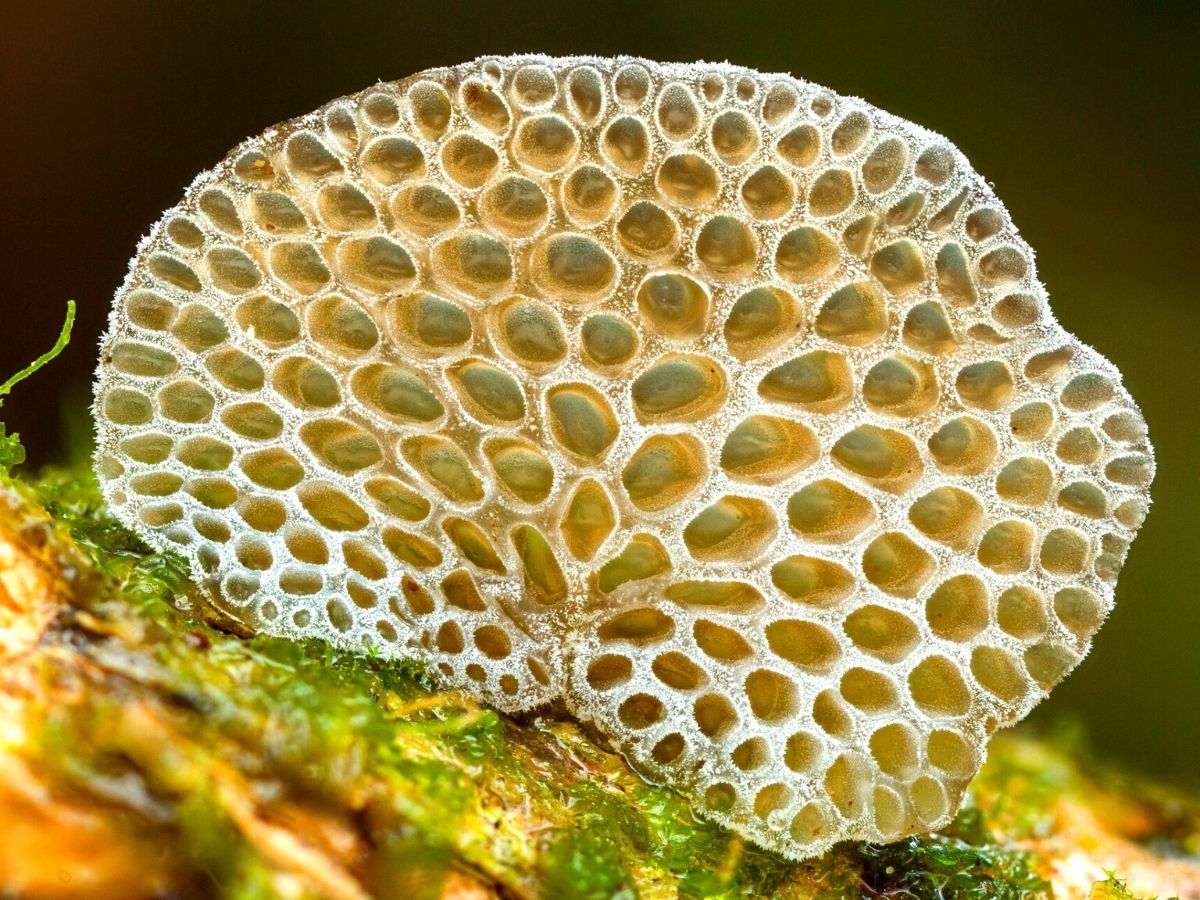
Both Danny Newman and Roo Vandergrift by concentrating their efforts on places like Reserva Los Cedros, which are particularly vulnerable to environmental changes, aim to better understand and protect fungal diversity in these critical regions.
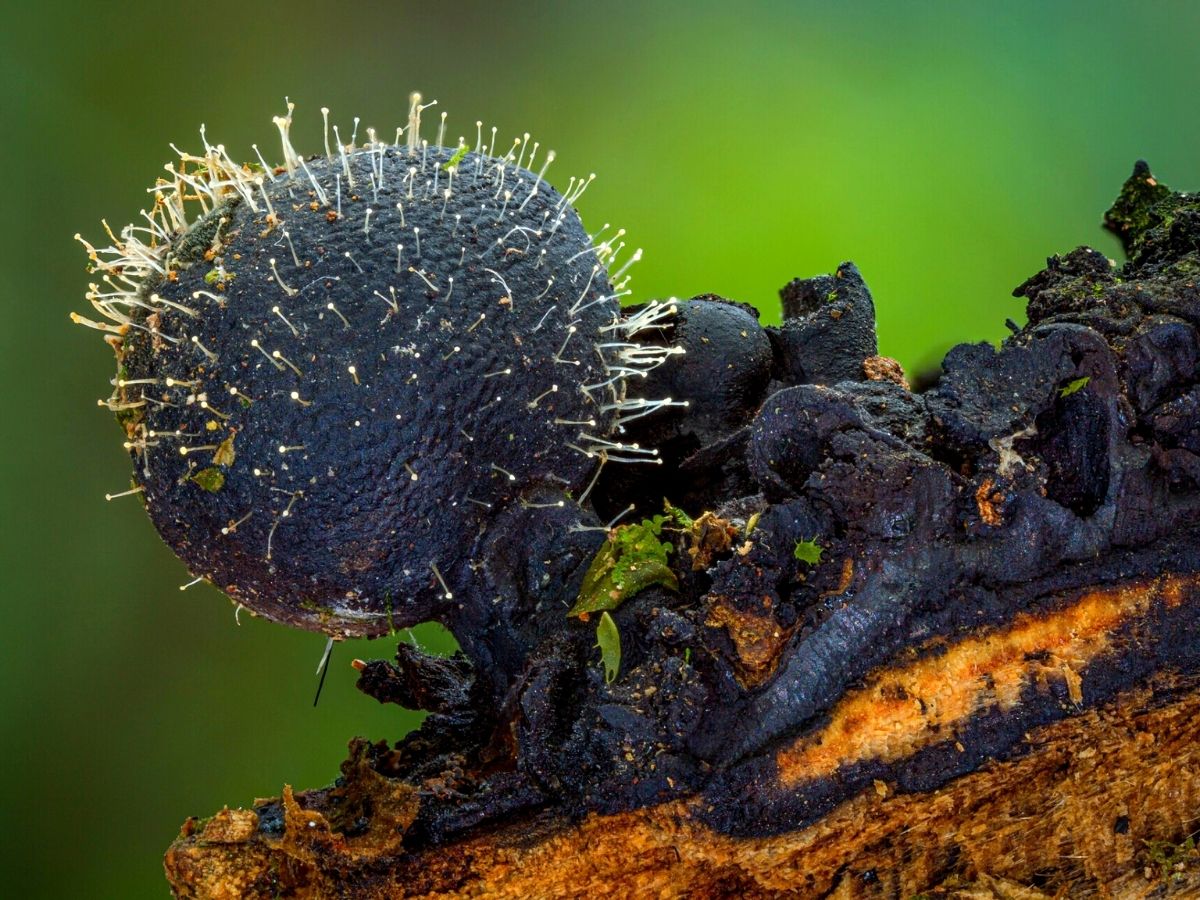
The work of these mycologists is of great importance because fungi play essential roles in ecosystem functions, including nutrient cycling and supporting the health of plants and other organisms. Understanding and documenting fungal species can provide valuable insights into ecological relationships and contribute to conservation efforts.
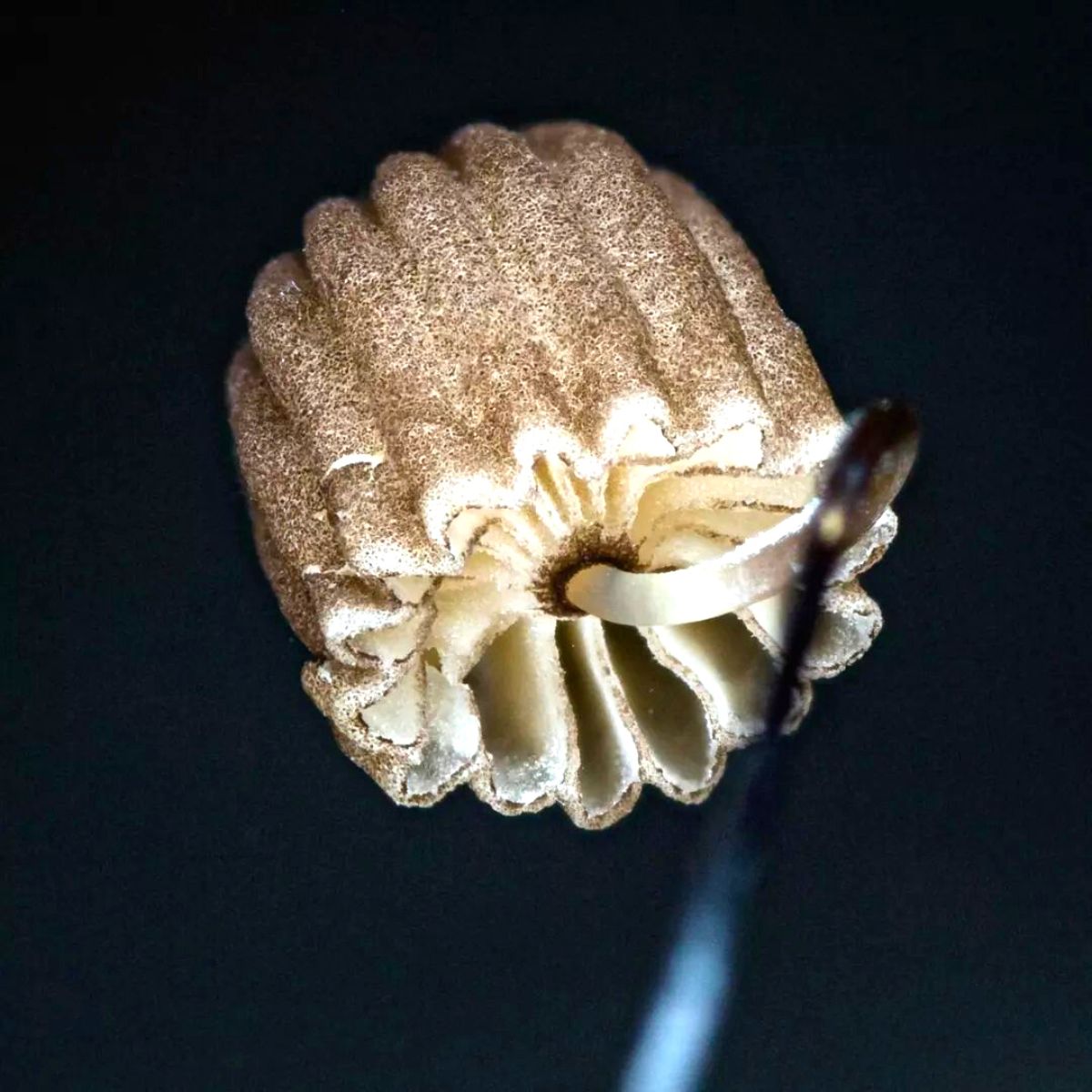
Additionally, their dedication to exploring and documenting the fungi of Ecuadorian cloud forests contributes to the broader scientific knowledge of global fungal diversity and aids in the conservation of these unique and vulnerable ecosystems.
An In-Depth Result of Their Findings
Just as a little background story, the Ecuadorian government made the Los Cedros reserve, one of the remaining unlogged watersheds on the western slope of the Andes, accessible for mining in 2016, putting innumerable flora, animals, and fungi at risk. The mining concessions that threatened to turn Los Cedros into a poisonous, barren wasteland were canceled by the Ecuadorian Supreme Court, which specifically cited that both mycologists' fungal diversity research was to be held under both of their responsibility.
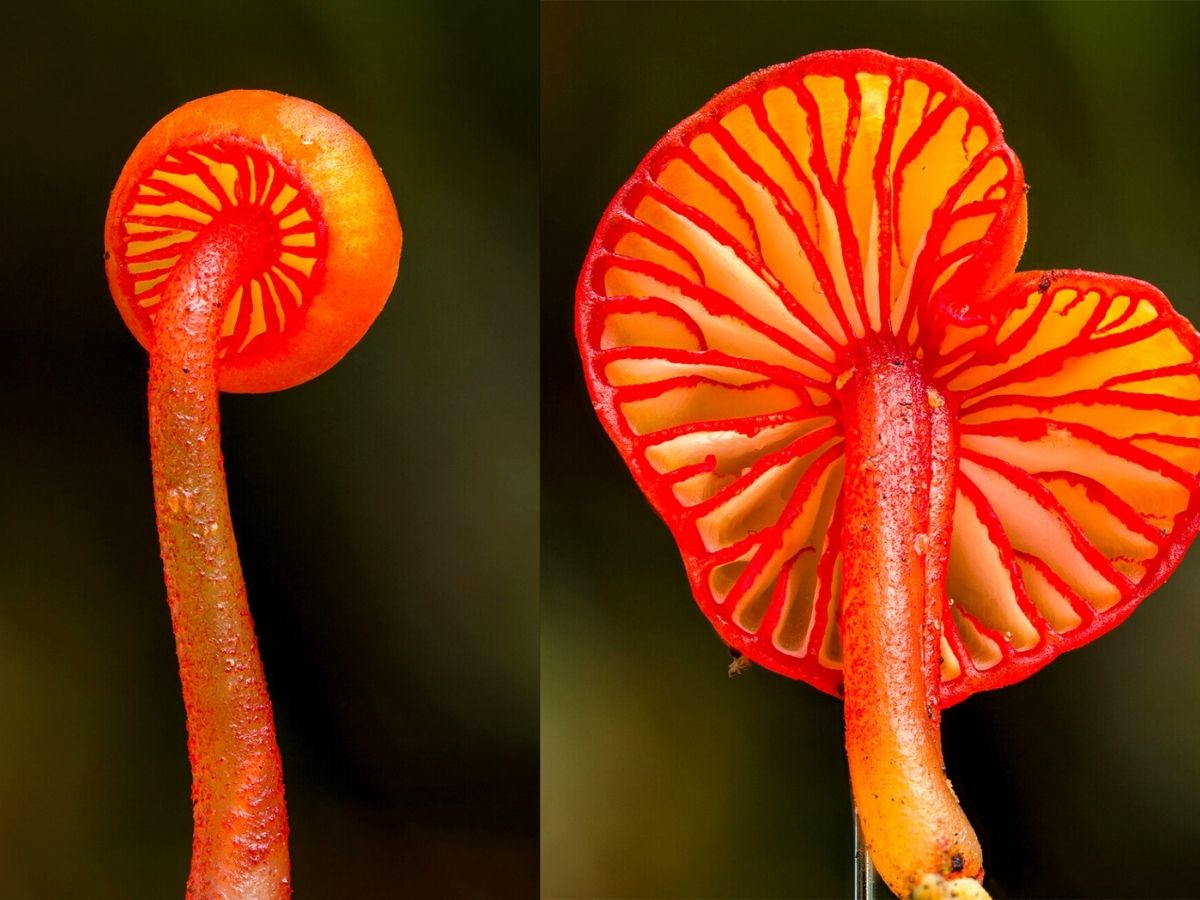
With a team of scientists from both Ecuador and the United States, the duo recently published an in-depth survey of their findings, cataloging a wealth of previously unknown species and providing what Newman calls 'one of the most comprehensive contributions to Ecuadorian mycology in the country's history.'
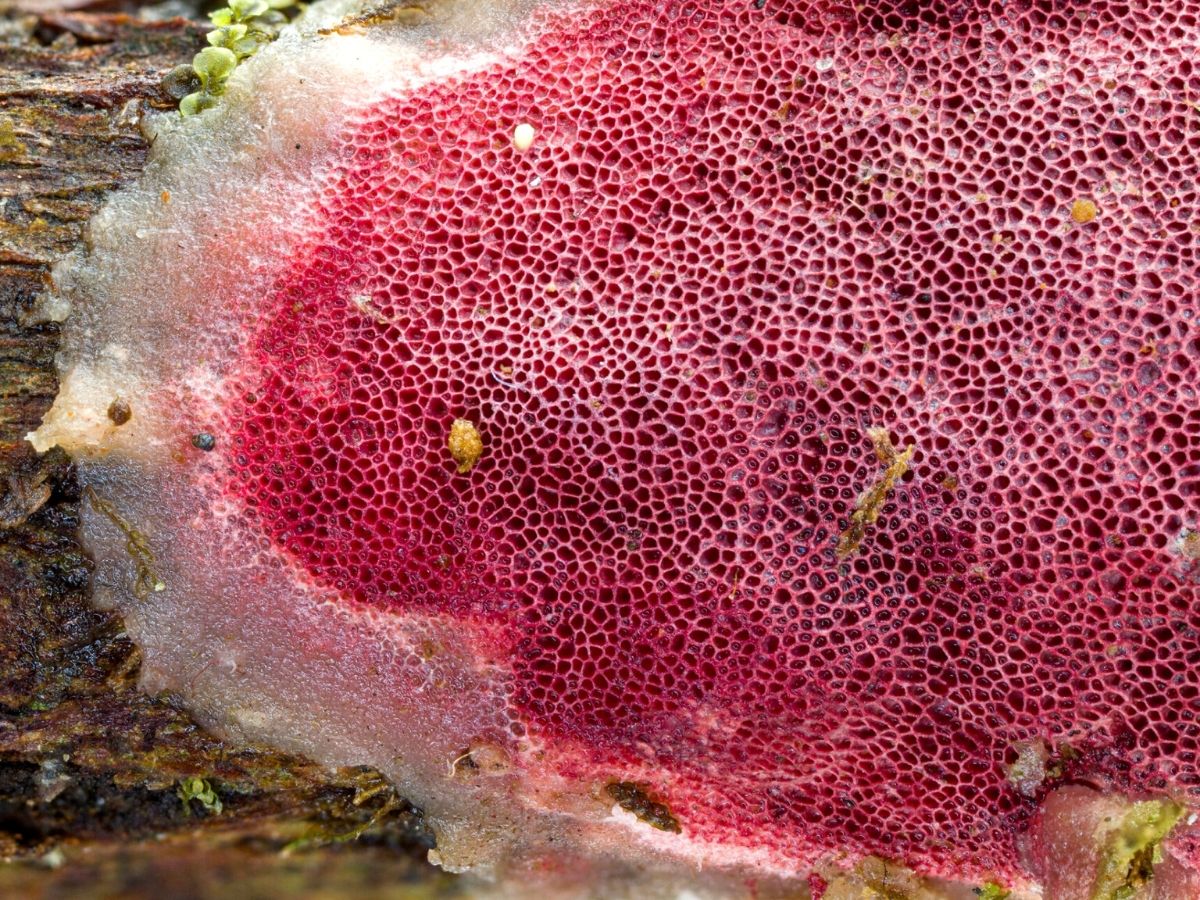
Vandegrift is also the producer of Marrow of the Mountain, a visually spectacular upcoming documentary shot in part on an expedition in 2018 and 2019. Feel free to explore more images and descriptions on iNaturalist and both Newman and Vandegrift’s Instagrams.

